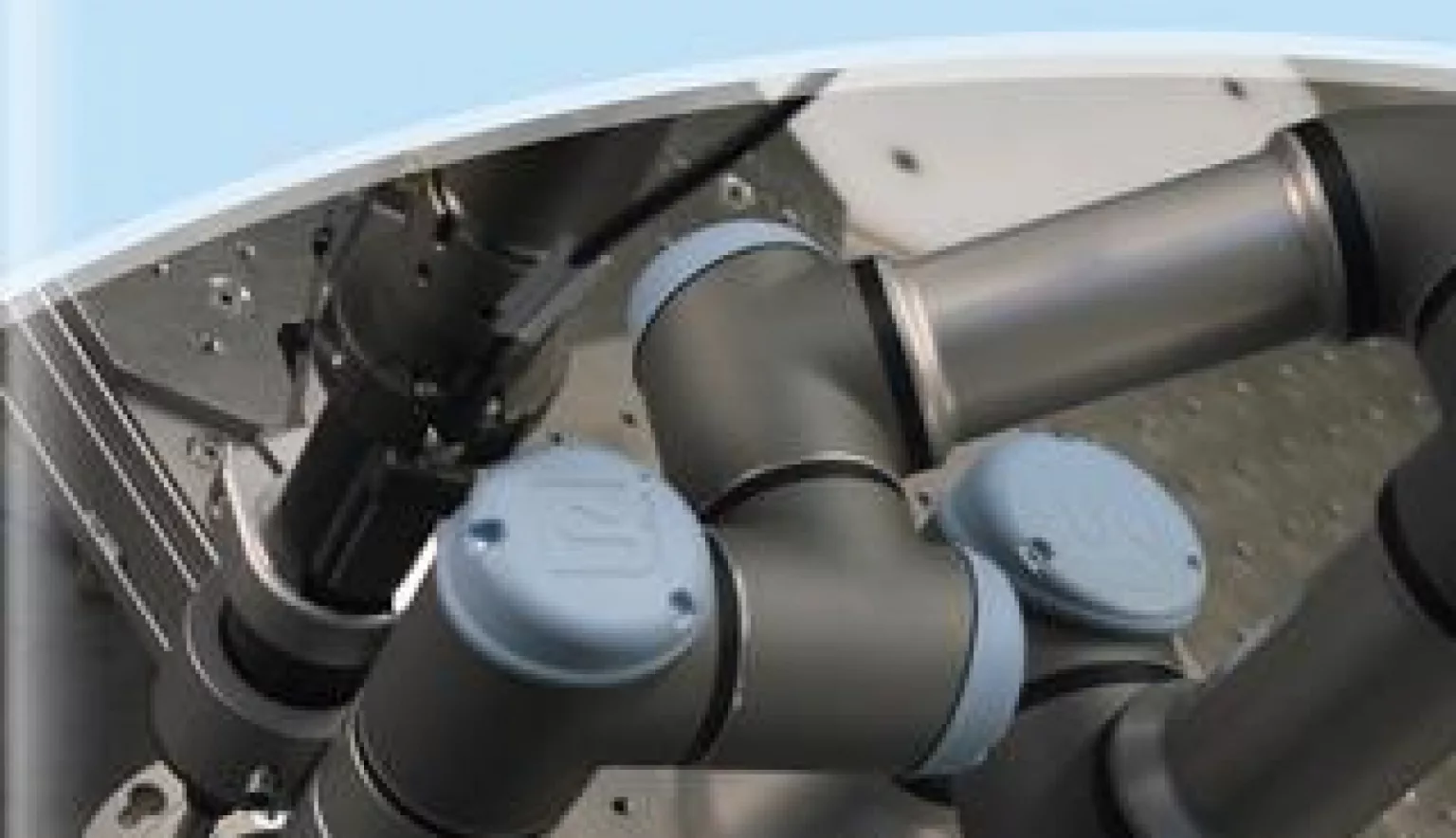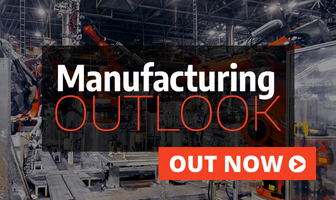Universal Robots is changing the dynamics of manufacturing; complementing – rather than replacing – the labour force with advanced technologies.
AUTOMATE THE WORLD
Universal Robots has quickly changed the face of manufacturing automation over the past 12 years via a concerted drive to make robotics more accessible and flexible for businesses of all sizes.
Initially targeted towards the SME segment of the market, the Company’s UR3, UR5 and UR10 robotic arm products have not only revolutionised internal processes for the unsung heroes of manufacturing, but are now etching their way into the shop floors of larger industry players as they too search for enhanced agility and more sustainable consumer trend adherences.
“It all began in 2003 when I was working at the Technical University of Denmark on various projects, where the idea was to make an easy-to-use and easy-to-programme flexible robot arm that gave more flexibility to the factories and more ownership to people working the robots,” explains the Company’s co-founder and Chief Technical Officer, Esben Ostergaard.
Universal Robots officially incepting two years later in 2005, the products on show and gracing factories today are essentially the ones derived from these projects; as the business opened people’s eyes to the idea of collaborative robotics.
“This market is now bigger than the established industrial robot market and we’re still growing and opening up the potential,” Ostergaard continues. “The traditional robots that were built up for automotive domains initially are now too complicated to build and set up in the modern climate and in other sectors, so what we wanted to do was build a new kind of robot; still an arm but much more revolved around flexibility.
“Initially we targeted SMEs because we knew that the existing larger robots were geared towards the bigger customers, but we have since realised that the larger companies also have a big need for flexibility. And the reason is that consumer behaviour is changing all the time and they need to be able to react to that. Manufacturing equipment has to be all the more flexible and re-adjustable and it turns out that our products are spot on to meet this need.”
COMBINING THE BEST OF BOTH WORLDS
With hindsight it is clear to identify where the gap in the market for Universal Robots laid, but back in 2003-2005, the Company had to ensure that it conveyed its optimism and ambition for the product to a market relatively unexposed to such a solution.
Especially for the SME sector, there was unbound opportunity deriving from companies already feeling disillusioned and displeased with the use of larger industrial integrators; partially because of the lack of ownership, but primarily due to the lack of skills on-hand to manage and operate such machines.
With this in mind, the Company embarked on numerous demonstrations to showcase how usable and how much of a game-changer its product could be.
“One project included getting school kids to play Lego robot soccer, programming each player to play in a tournament, and this was all about making programming accessible,” Ostergaard explains. “They had to be able to learn how to programme these robots easily.”
Another project revolved around the Danish food industry, where there was certainly a willingness among SMEs to veer away from the traditionally complex robots they’d utilised in the past. Not only did businesses struggle to use, maintain, repair and even operate their older machines, but they also resented having to rely on external input in dealing with these challenges as well.
“So we thought if we could provide them with a robot that’s easy to programme and easy to use and install, then it would give them the flexibility as well as the ownership they were looking for,” the CTO adds. “It wasn’t about replacing people who had contributed years of expertise and knowledge, but by simply giving those people a tool to help them apply that knowledge more consistently and efficiently.
“We helped to combine the best of both worlds. People know what needs to be done, what quality is required, and what customers want, while the robot is really good at keeping consistency of quality and consistency of flow.”
AUTOMATION TO THE WORLD
Despite the Company now able to boast around 60 percent of the collaborative robot (cobot) market share, its entrepreneurial origins are still very much at the forefront of considerations, and Ostergaard and his team have subsequently introduced two new, major initiatives to ensure continuous improvement moving forward.
First, is the Company’s Universal Robots Academy (UR Academy). “It is an online training platform where we offer free education in robot programming,” he details. “It’s important because what we want to do is get people using robots on the shop floor and to be robot programmers able to optimise these tools.
“We don’t want companies to replace people with robots, we want to make sure that there is enough automation knowledge in the industry for them to work effectively together, and to achieve that, UR Academy is helping to enhance robot literacy.”
People can partake in the course online before bringing this niche specialty back to their respective shop floors with certificate in hand. And this isn’t the only value-add feature to be found on Universal Robots’ website at present.
“The second new concept is UR+, a kind of app store where integrators can sell add-on products to market, for customers to install on to existing UR robots,” Ostergaard continues. “The thinking behind this was that we could see a lot of other integrators – often skilled start-ups out of university – with a clever product but no sales channel which seemed a bit wasteful. So why not incorporate their solutions? We sell more robot arms which is our aim, these integrators receive a route to market, and our partners and end-users have increased access to more advanced robotic solutions.
“It’s a win-win-win for all parties and lowers the barriers to technology usage. UR+ and UR Academy, together, really increase the potential for automation in the world. People are now able to automate so much more than they used to and these two initiatives are helping to drive it.”
EXPONENTIAL GROWTH
Evidently, the evolution of Universal Robots has been concerted and rapid; and inevitably, its progression from this point on will continue in typically exponential fashion.
The business is aiming for a 50 percent growth rate in 2017, and it has achieved double digit growth rates for several years; no mean feat when considering the ever-changing tech environment it operates within.
Ostergaard notes: “It’s not simply a case of growing like we have, but it’s doing so in a constantly changing sector. The industry – and therefore the Company – is never the same as it was one year before.
“However, our strategy lends itself to remaining flexible enough to this end, to achieve this consistent, exponential growth.”
The strategy takes the form of an hourglass when it comes to the supply chain, where the Company designs the products but outsources the manufacture of various parts of the robot arms. They are then assembled in-house before, again, being distributed externally via the Company’s worldwide partner network.
Again focusing on flexibility, such a plan also lends itself to long-term collaboration and positive relationships with business partners across the value chain; a pivotal notion considering the ever-increasing swathe of competitors hoping to usurp Universal Robots’ success in the years to come.
“Several companies have tried to replicate our model and some have been more successful than others, but our volume and speed keeps us ahead of the pack,” Ostergaard concludes. “Our differentiator stems from a balance between the performance of the robot and the use of the robot. We want to make a tool that is easy for people to use.
“And if we’re doing that then we’re edging closer to our overall goal to automate the world.”




















